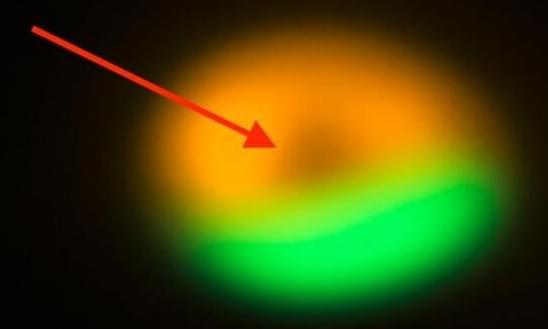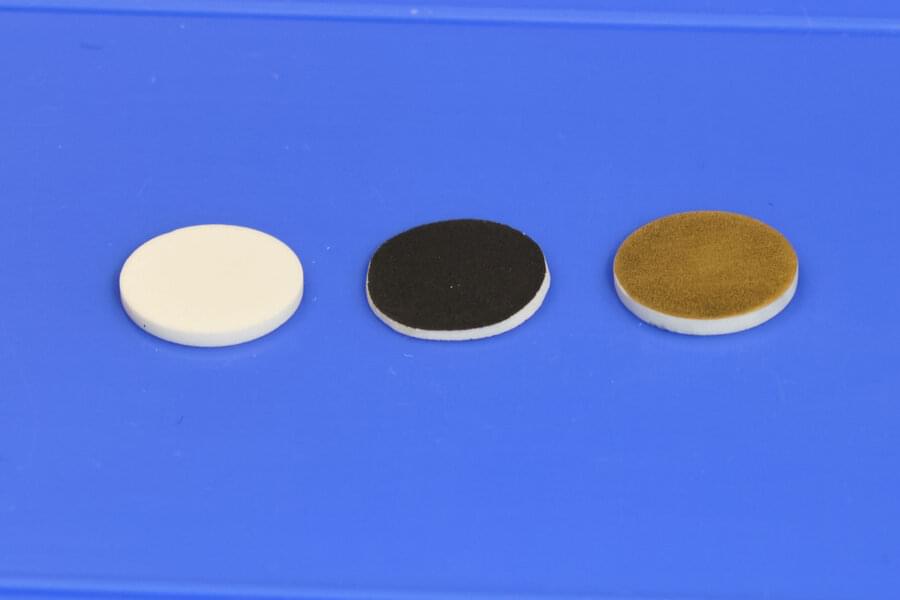There is an exciting branch of battery research that involves combining the strength and durability of next-generation materials with their energy storage potential. This could see car panels double as their batteries, for example, and in a new example of what this could look like scientists have developed a “power suit” for electric vehicles that could not only extend their range, but give them a handy boost in acceleration at the same time.
Sometimes known as structural batteries, we’ve seen some interesting recent advances in this space from research groups and even big-name automakers. Back in 2013, Volvo demonstrated carbon fiber body panels with energy storage potential, and we’ve seen other teams show off similar concepts since. These projects sought to combine the high energy density of batteries with the ultra-fast discharge rates of supercapacitors, in materials strong enough to serve as a car’s exterior.
This new breakthrough continues this line of thinking, with scientists at University of Central Florida and NASA designing a new material featuring unique properties that allow for not just impressive energy storage potential, but also the strength needed to endure a car crash.








